Roses – my own suggestion for a replacement
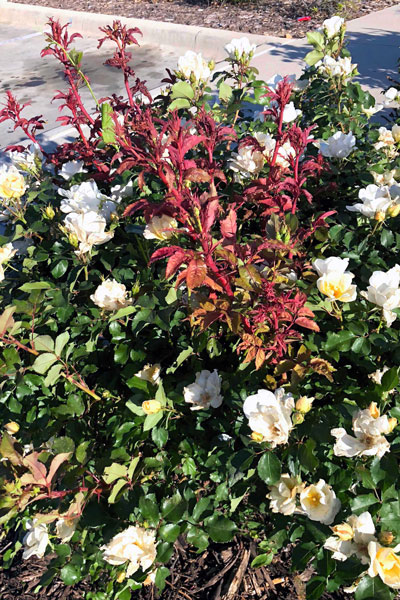
Rose rosette virus (RRV) certainly is not a new disease. It’s been around for many decades, and it’s pretty much world-wide in its coverage. But for some reason, it’s hit parts of Texas really hard in the past 15 years.

As example, it’s been difficult to find a really nice, old rose garden in DFW that hasn’t been riddled by RRV in the past decade. Plantings start to show the characteristic “bull” canes (ultra-strong, thick and tall). Other canes display many times the normal numbers of thorns. Flowerbuds fail to open properly. Leaves brown at the edges, then die entirely. Plants lose their vigor, and within a year or two, they’re entirely dead.
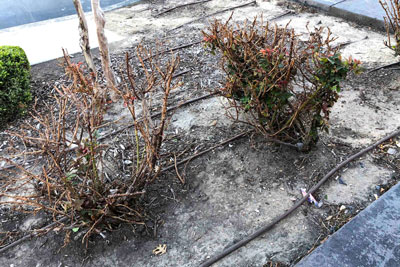
RRV is spread by a wind-borne microscopic mite for which we have no preventive measure, nor do we have any cure. And, since the disease is a virus, there’s no cure for it either.
Research has been underway to try to find a work-around, but until something is developed, gardeners need to know that pretty much all rose varieties are susceptible.
When you determine that you have plants that are infected you are told to dig and remove the plants, roots and all, and place them in plastic trash bags. Send them to the landfill. Do not take them to a nursery for identification of the problem. They don’t want them coming in their doors.
In theory you could replant with more roses within a few months, but then you’d still have roses, and the original source of your problems is still out there somewhere in your neighborhood.
Now, the real reason for this story…
What’s a more prudent option for a replacement if you don’t want to plant roses back just yet?
You could certainly use tall annuals, and replant a couple of times each season. You’d want some kind of anchoring evergreen shrub to provide continuity to the bed between seasons.
You could turn it into a perennial garden, with the same need for anchoring evergreens. There’s a charm to a perennial garden if it’s carefully planned and constantly managed. But perennials are more work than most people expect. They’re only in bloom for a couple of weeks per species, so you have to plan for 15 or 20 types of perennials to ensure that something will always be colorful.
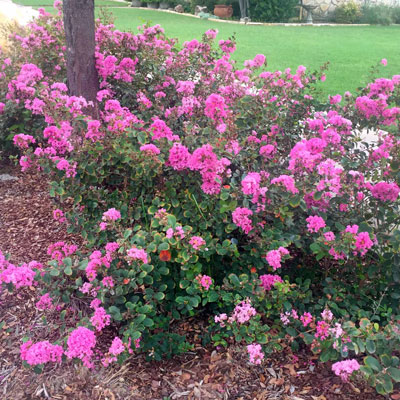
My own personal choice as the best plants to replace ailing roses is dwarf crape myrtles, specifically the “Petite” series. They were developed by Monrovia Wholesale Nursery clear back in the 1960s, so we have a good history with them and they’ve never let us down.
Here are some selling points:
• Bloom for long periods of time from late May or early June into September;
• Stay short (3 to 4 feet tall and wide);
• Often have attractive fall color (deciduous, but roses are for the most part as well);
• Drought-tolerant;
• Relatively pest-free compared to most types of roses.
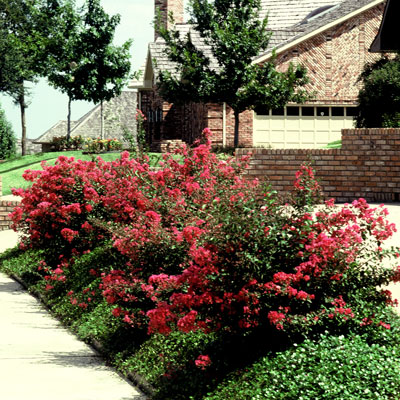
Not every retail nursery will offer them, but they’re still being grown and sold. Your best chance of finding them, as with most crape myrtle varieties, will be early summer. They include:
• Petite Embers (red)
• Petite Pink (bright pink)
• Petite Plum (deep plum purple)
• Petite Red (dark red)
• Petite Snow (white)
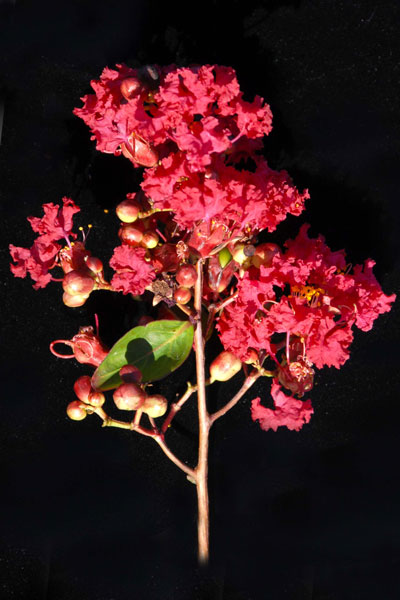
Petite Red 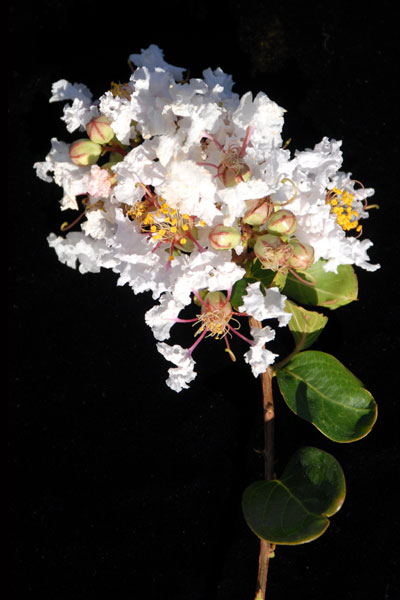
Petite Snow 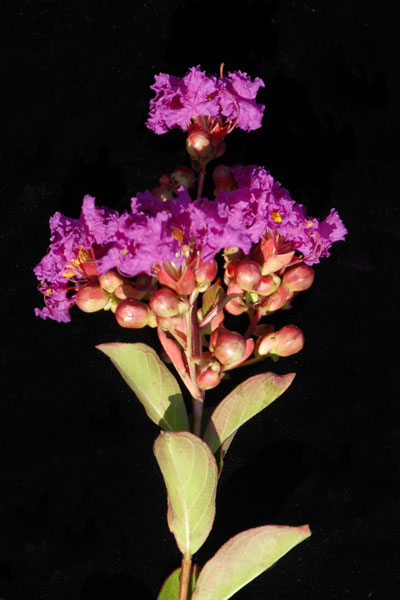
Petite Plum
